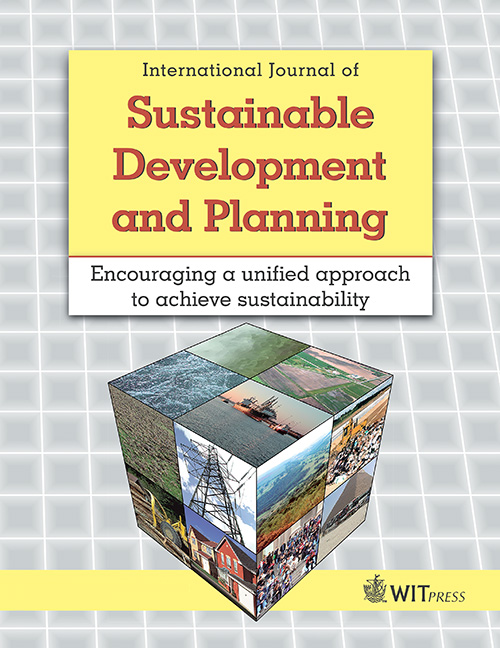THE NEW ‘FACES’ OF THE EUROPEAN METROPOLIS AND THEIR GREEK VERSION
Price
Free (open access)
Volume
Volume 2 (2007), Issue 2
Pages
16
Page Range
205 - 221
Paper DOI
10.2495/SDP-V2-N2-205-221
Copyright
WIT Press
Author(s)
B. IOANNOU & K. SERRAOS
Abstract
The aim of this study is to present significant ‘faces’ characterizing the physiognomy of the contemporary Greek city as it is shaped or being shaped at the moment. In this context, the term ‘city face’ is used as an analytic tool, acknowledging that the image of the city is nothing less than the material and concrete expression of the really complicated, immaterial urban dynamics and trends. The main argument is whether the diverse ‘faces’ of the European metropolis are reproduced in the Greek city as well, simultaneously or with a delay; and whether the Greek city follows its own particular evolution, presenting similarities or differences from the European case. At a first step, corresponding views or aspects of urban image at the European or the global level are presented to create a wider reference framework. The European city ‘faces’ considered in this study are: gentrified city, multicultural city, sustainable city, virtual city, and the city of a special identity. The second step is to define dominant urban ‘faces’ for the Greek city as well: the historic city, the planned and designed city, the unplanned/ arbitrary city, the rural city, the marginalized city, the natural city, and the globalized city. Our analysis, summarizing the conclusions of recent research and studies, has shown that the revealed new ‘faces’ of the Greek city, although a result of widespread external dynamics, correspond to more or less common aspects of urban evolution; in fact, they are motivated by different agents and conditions in the Greek paradigm than in the European one. So the future evolution may be in some terms differentiated.
Keywords
city face, European metropolis, Greek city, image, urban dynamics, urban evolution.




